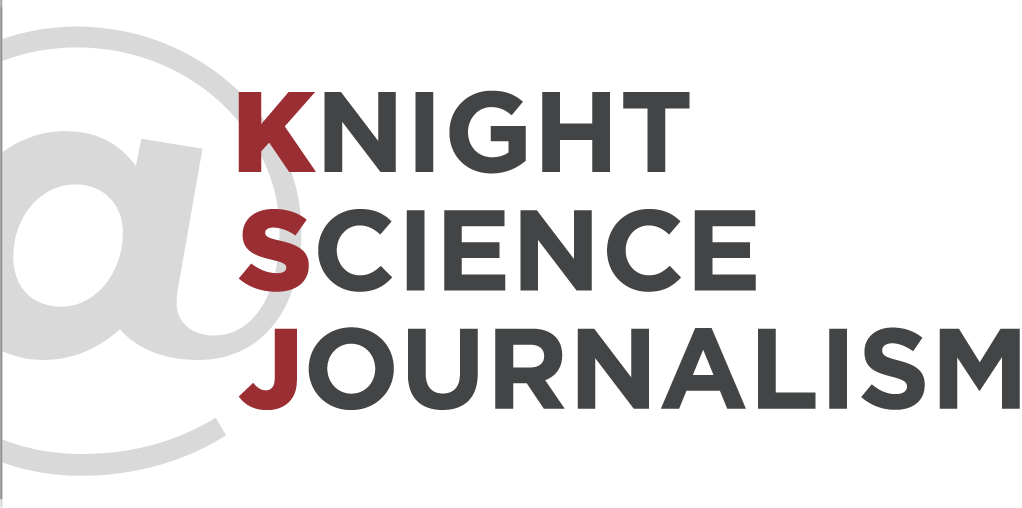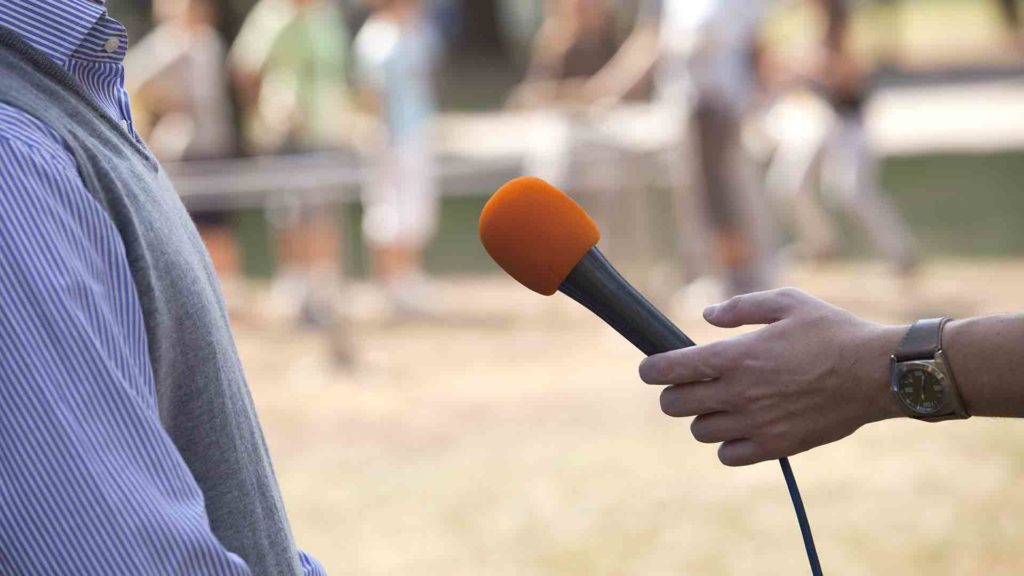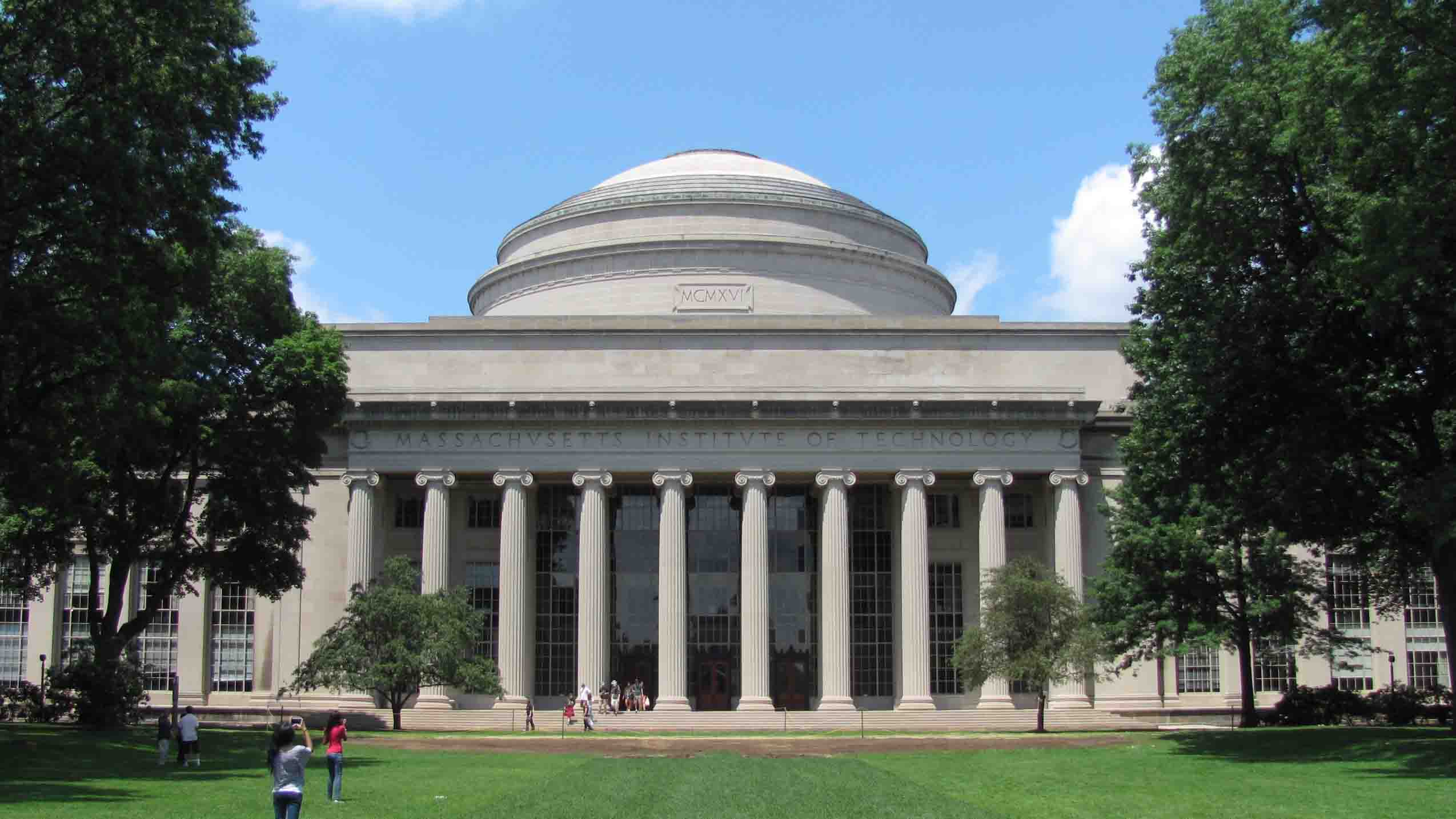Freelance journalist Wudan Yan knows a thing or two about finding diverse sources for her stories, but even she ran into some trouble last fall when she was asked to profile famed biochemist Kary Mullis.
Mullis, who died in 2019, is credited with the invention of the polymerase chain reaction — a method of copying DNA that now plays a vital role in most genetic testing, and which is widely used to test for Covid-19 as well. He was also notorious for his long history of promoting false scientific ideas and sexually harassing women. Yan knew that she would need women’s voices to fully capture Mullis’ complicated legacy. Unfortunately for her, the majority of Mullis’ most noteworthy career moments occurred in the 80s and 90s, when diversity in the sciences was even worse than it is now.
“I was like, ‘Oh, a white man who came of age doing biochemistry in a time where a lot of white men were doing biochemistry,’” Yan said. “How can I find women or possible people of color to weigh in on the story?”
Yan, who delivered this anecdote as part of a presentation on how to prioritize diversity when seeking out sources, was one of three panelists who spoke about finding and vetting science sources during the first installment of Knight Science Journalism’s six-part Science Editing Webinar Series. (You can watch a recording of the webinar here.) Her underlying message was clear, and spoke to a central theme of the webinar event. Put simply: Good sources don’t just fall out of trees.

For Yan and her fellow presenters — Scientific American’s Melinda Wenner Moyer and freelance journalist Roxanne Khamsi — good sourcing is about a lot more than simply finding people who can comment on the story you’re investigating. It’s about finding the right people, with the right expertise and the right balance of diverse perspectives, to tell a compelling story. It’s a conscious effort that requires strategy, self-reflection, lots of hard work, and no small amount of patience.
However, as each of the featured speakers indicated at some point during their presentations, good sources are more than worth the trouble it takes to find them. The right sources can bring a science story to life — transforming dry, technical prose into vibrant storytelling filled with unique characters, fascinating perspectives, and the kind of social and cultural context that helps readers really connect with science storytelling.
The value of good sources was a core component of the message presented by Moyer, who opened the event by giving viewers a laundry list of practical advice for digging up sources with exactly the right expertise. (A useful tip: To find researchers working in ultra-specific scientific disciplines, try googling the sub-specialty you’re looking for along with the word “professor.”) She also delivered a thought-provoking discussion of false equivalence, warning webinar viewers to be especially wary of anecdotes and patient stories, which can easily be misrepresented as scientific evidence.
Moyer was followed by Khamsi, who spoke at length about strategies for finding sources on social media. While plenty of science writers have extolled the value of Twitter for digging up sources, Khamsi went further, showing audience members how to track down scientific experts and patients suffering from rare illnesses using platforms like YouTube, LinkedIn, and even Instagram. At the same time, she was also quick to point out the risks of using such platforms for sourcing, and suggested that the vetting process might be even more important when finding sources through social media. “Just because somebody says they’re an expert, and gives a long lecture on YouTube, of course, does not make them a great source,” she said.
Wudan Yan gave the final presentation of the day, on diversity in sourcing. She stressed that diverse sourcing serves not only to ensure that science reporting reflects the world we live in, but also to help boost innovation and invigorate problem solving by bringing fresh perspectives to the sciences. Yan also encouraged viewers to think about diversity from an intersectional perspective, by paying attention not just to race and gender but to issues like class, sexual orientation, and disability, recognizing that one person may represent multiple identities.
As for the Mullis story, Yan was ultimately unable to find any women who worked directly with Mullis during his heyday, so she took a different route. With a little creativity and determination, she was able to track down Nancy Cosgrove, Mullis’ fourth wife, who agreed to do her first ever press interview for Yan’s piece. For a high-level perspective on the subject of abusive men in the sciences, Yan turned to virologist Angela Rasmussen — a longtime contact of hers who never worked with Mullis directly, but who was able to offer plenty of insight on the broader issue. To connect Rasmussen’s contributions to Mullis’ story specifically, Yan found reporter Emily Yoffe, whom Mullis sexually harassed in 1994.
Although Yan had success finding women to comment on Mullis’ work and legacy, she had a much more difficult time finding people of color. But even this provided an important lesson. “Sometimes it’s not possible to find people who identify as BIPOC or a woman in a male dominated space, and I think that’s okay,” she said. “That is a reflection of reality. I just think it’s important that we make an effort to try.”
R.M. Davis is a research associate with the Knight Science Journalism Program and a student at the MIT Graduate Program in Science Writing.





Leave a Reply